The demand for green energy portable power solutions has grown in recent years as people want to transition away from fossil fuels but also want to stay connected to their phones, tablets, computers, or maybe an essential like a CPAP machine while camping or overlanding. Others have invested in battery-based power generators like those sold by BIUETTI and discovered that a battery-based power supply is great…until the battery runs out! While power stations do have a variety of ways to charge them, the most practical while away from the grid is to look to the sun. A 200W solar panel like the BLUETTI PV200 Solar Panel is the perfect pairing for many medium sized power stations (like the EB70S), or even for larger power stations when multiple panels are tied together in parallel or series.

The PV200 features a clever design that folds down into a footprint similar to the 100W panels from other brands. As you can see, the BLUETTI 200w panel isn’t much bigger when folded up.
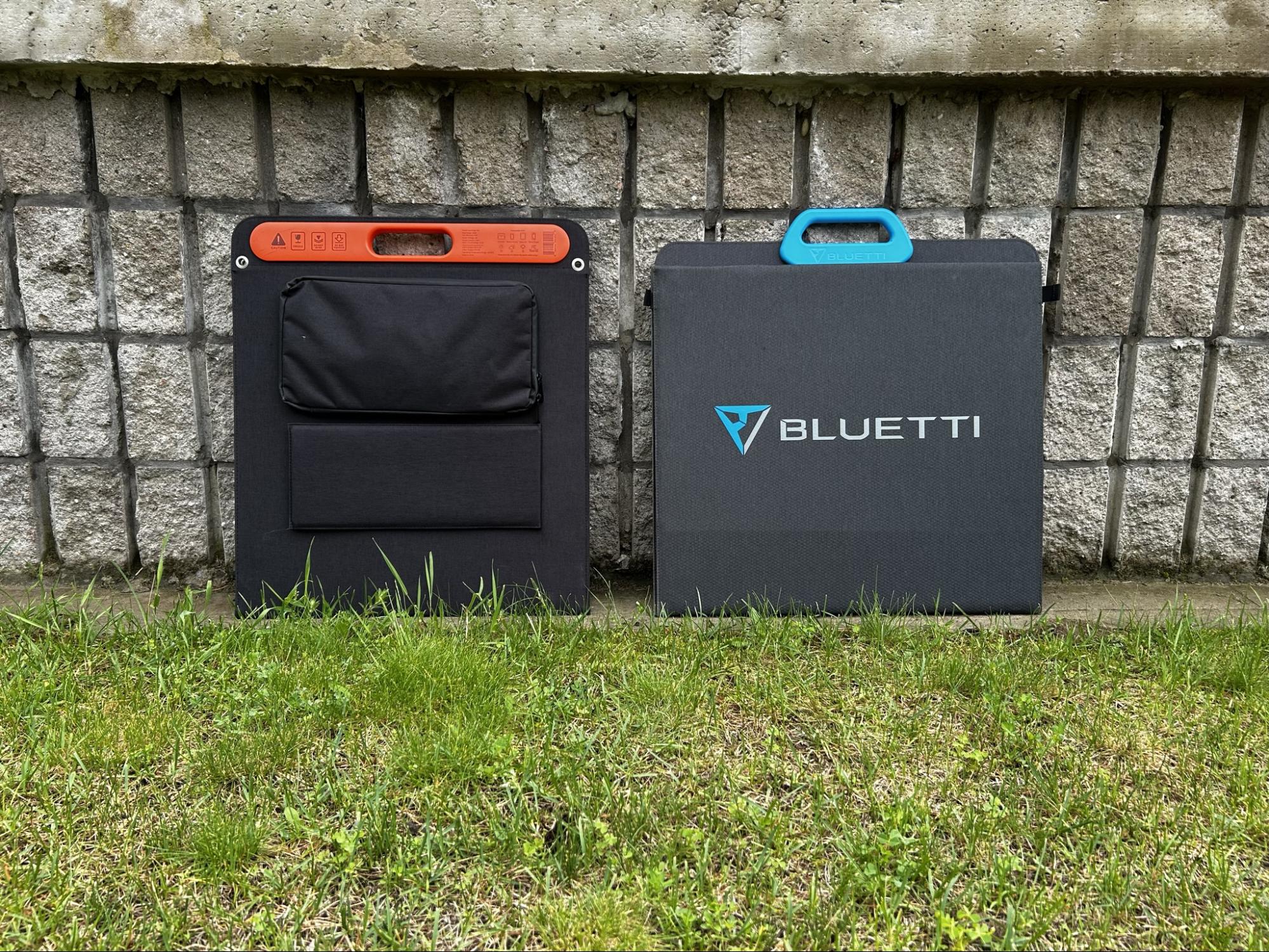
Unlike the 100W panels that unfold into two sections, however, the PV200 unfolds into four sections that spreads out nearly 90 inches (2265mm).
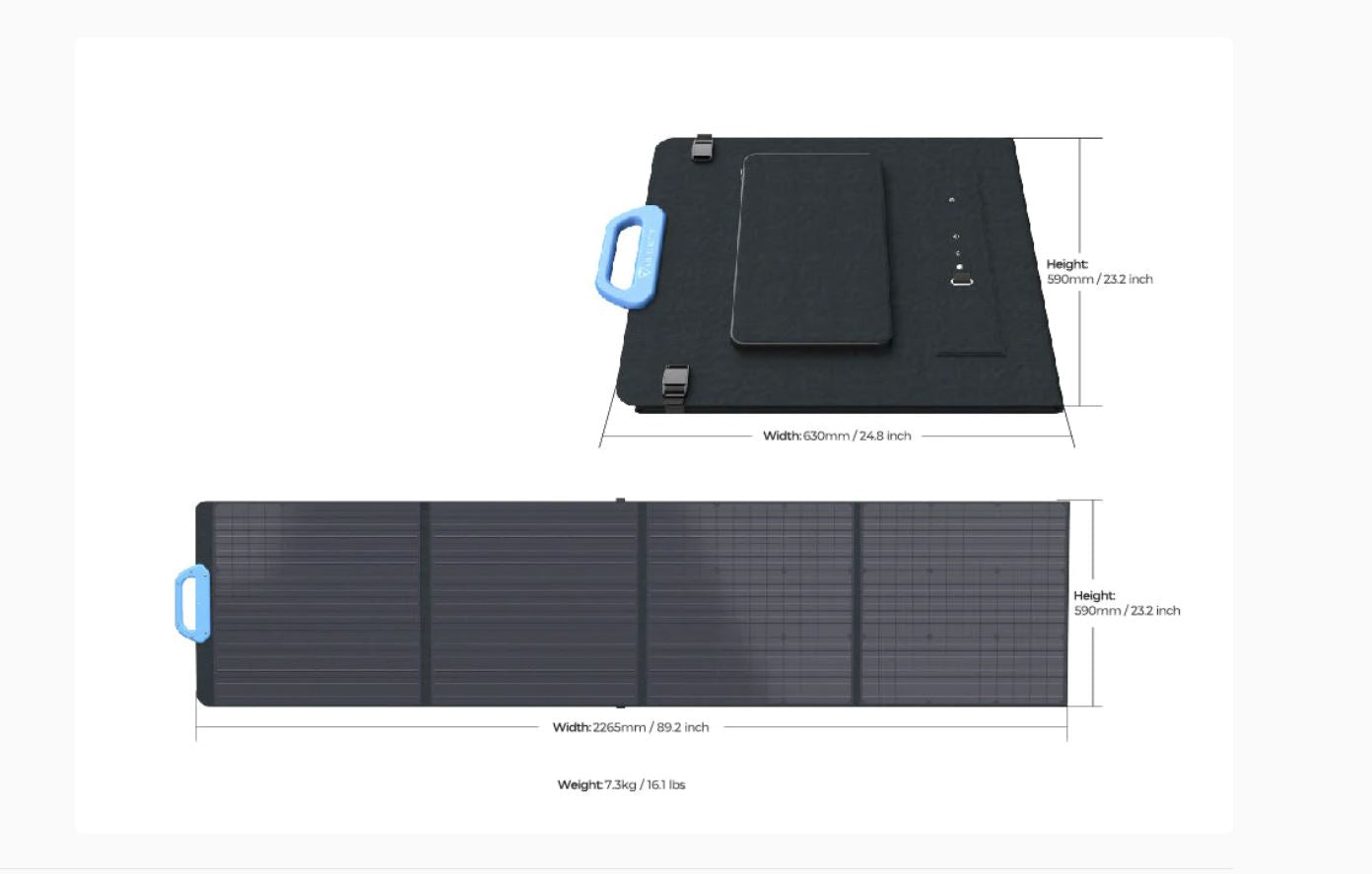
When folded up, however, the size is only 590 x 630mm. Buckles on either side of the solar panel keep the panels together for easy transport.
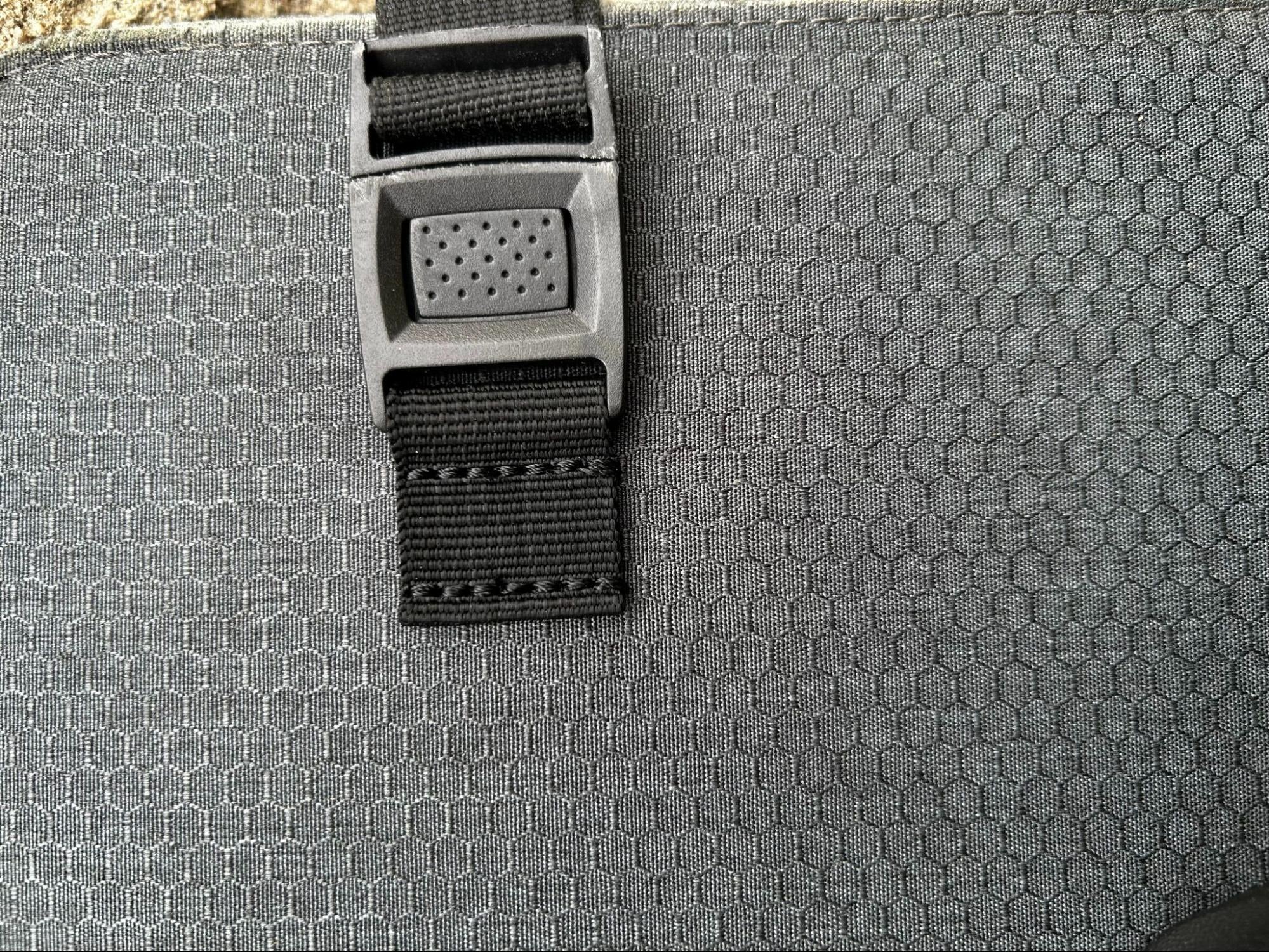
It has a built-in handle and weighs right over 16 pounds (7.3kg), making it quite easy to transport when folded down. The handle is a little more fragile than what I would like, however. Early on I got a little crack in it that I repaired with superglue. I’ve used it extensively since that point for about nine months at this point, however, and it has held up fine after that.

The PV200 utilizes monocrystalline solar cells that are rated up to 23.4% efficiency, which is quite good for the current technology, and is wired in parallel so that you can produce energy even if the panel is partially in shadow. There is an ETFE coating that helps resist moisture and scratching. The PV200 carries an IP65 splash rating, though submerging the panel or leaving it out in heavy rain is not recommended. My PV200 has been caught in light rain before without any negative effects.
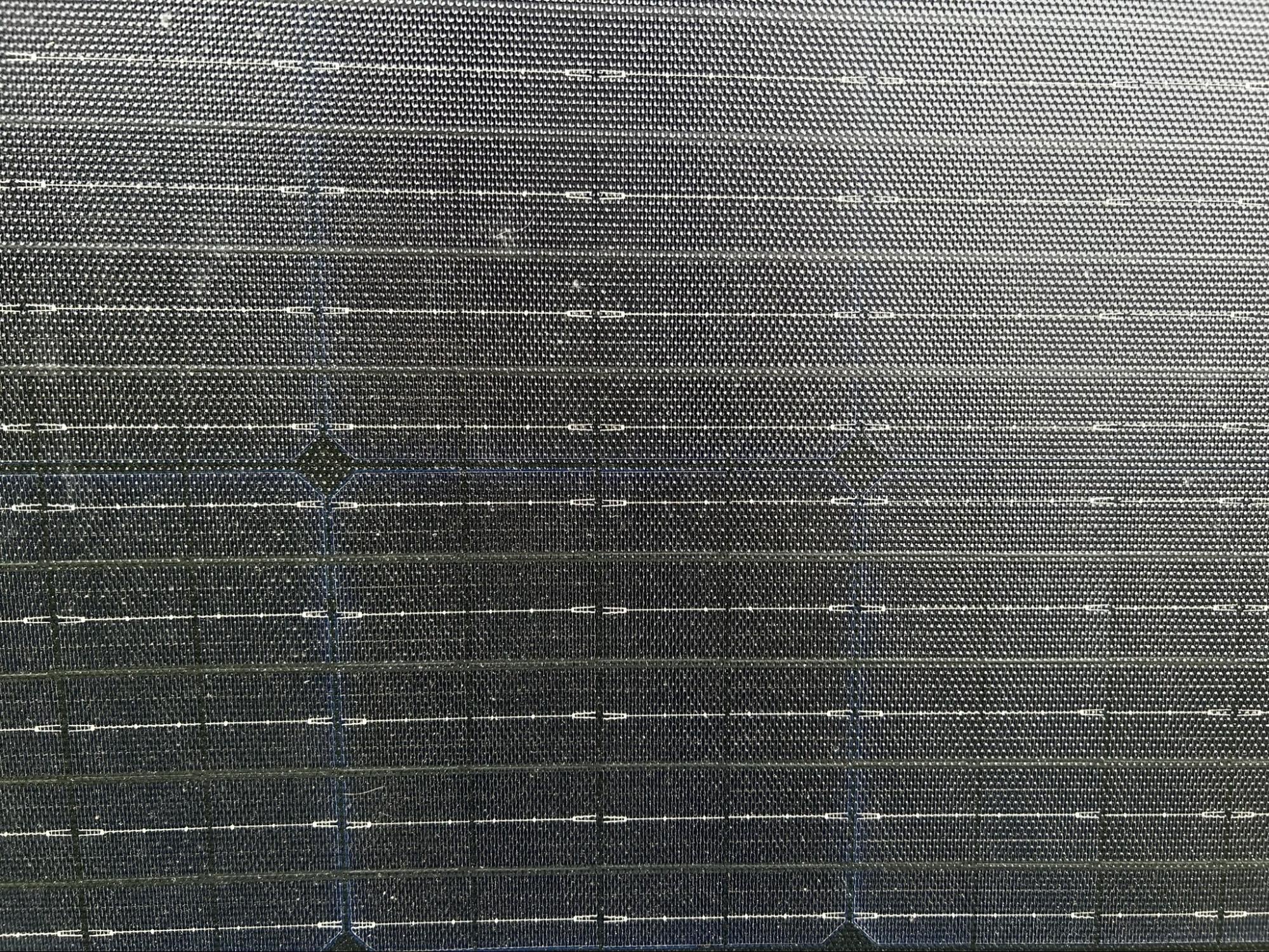
The kickstands on the back of the panel allow you to adjust the angle of the panel in three different positions - from 5° to 45° by snapping and adjustable strap onto the appropriate point.
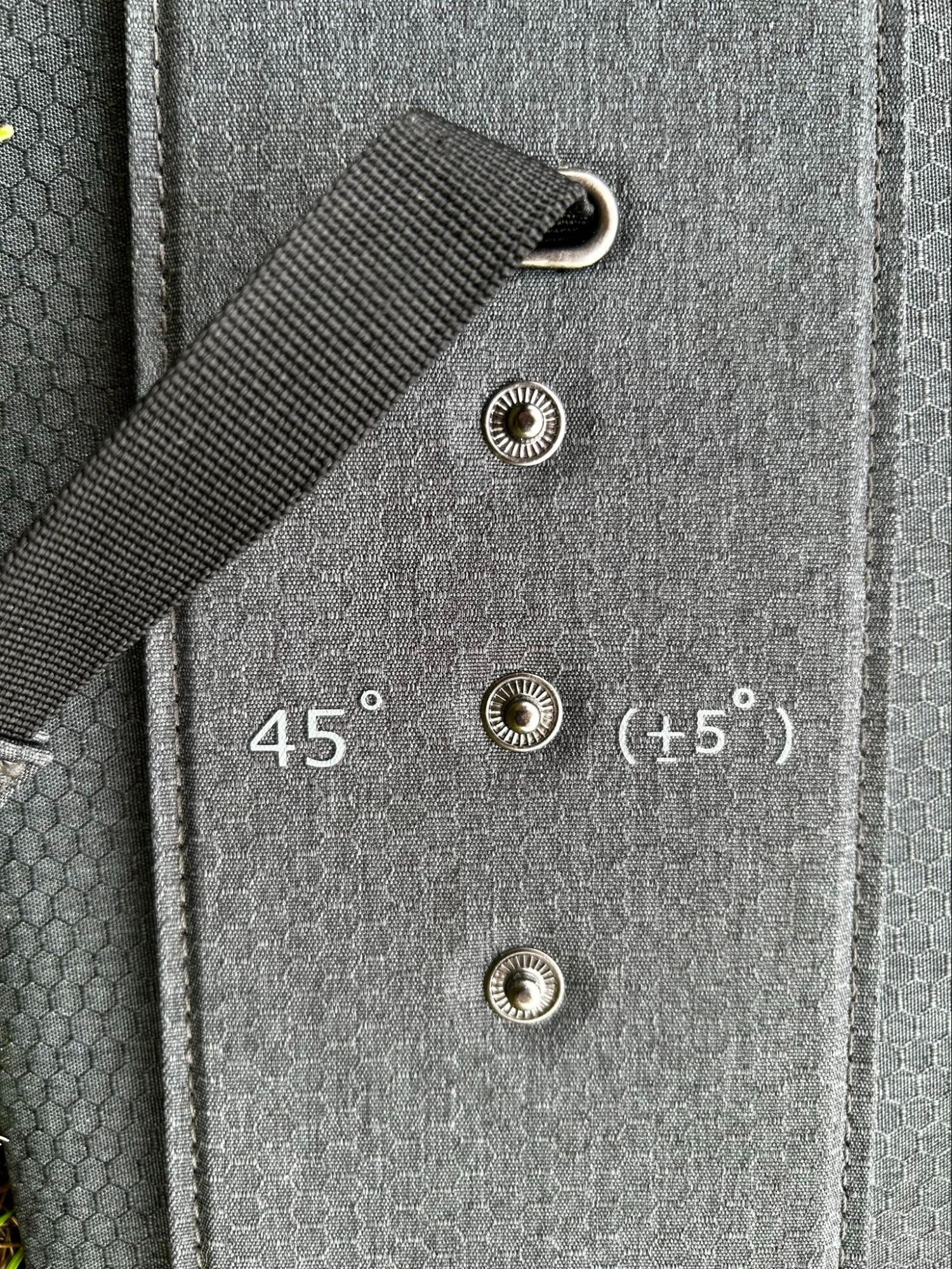
Most portable power stations will show the rate of charge being input, and I’ve seen charging rates on the EB70S as high as 170+ watts from the PV200, which is pretty good considering that I live in Canada, a country not exactly known for abundant sunlight! The input limit on the EB70S is 200W, so that one panel is nearly maximizing the rate of charge possible for the power station.
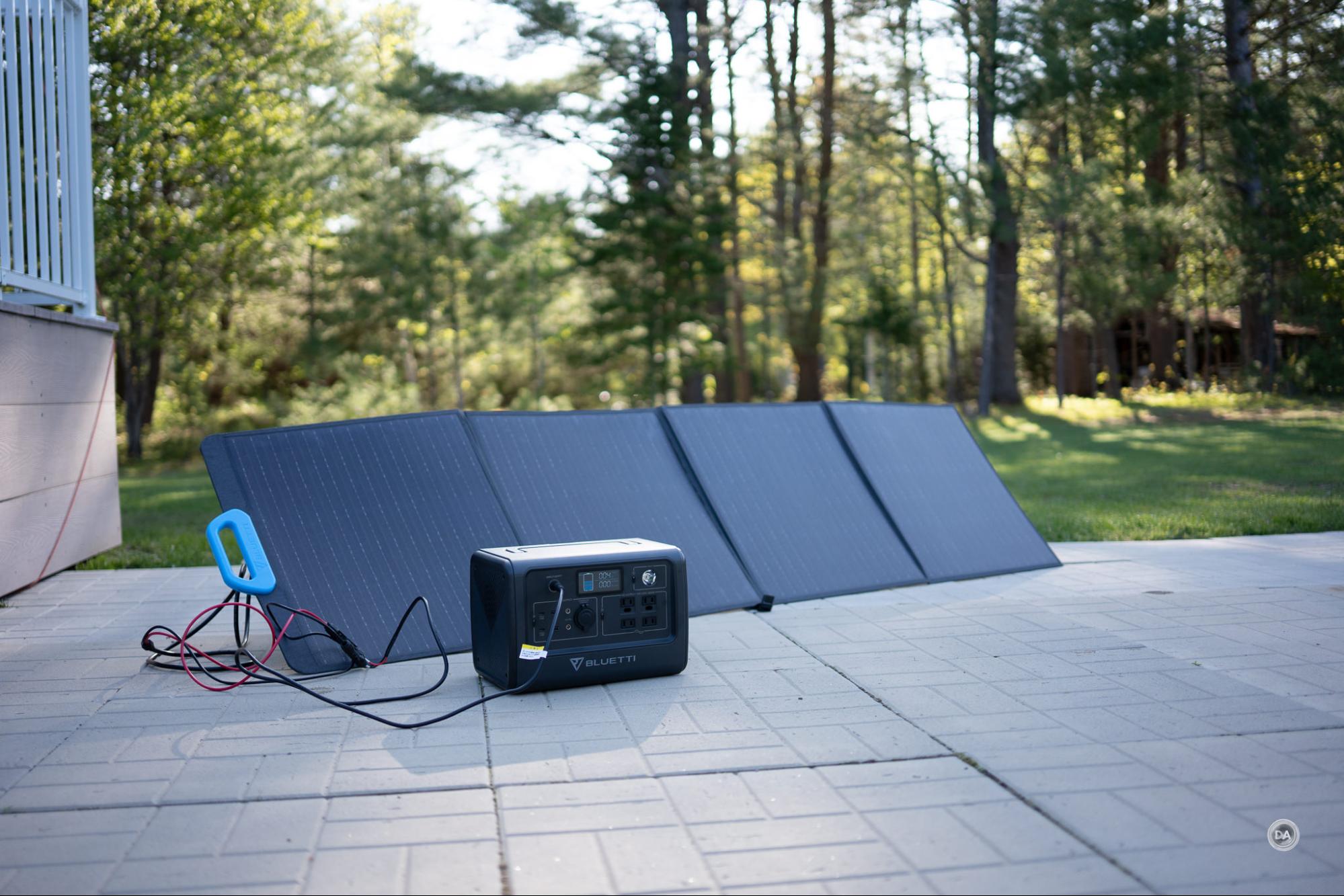
The PV200 utilizes a standard MC4 connector that works with other power stations as well. There’s enough room there to store some adapters or other cabling there as well. The included cable length is 3 meters (118 inches) in length and folds neatly away into the zippered pouch on the back of the panel.
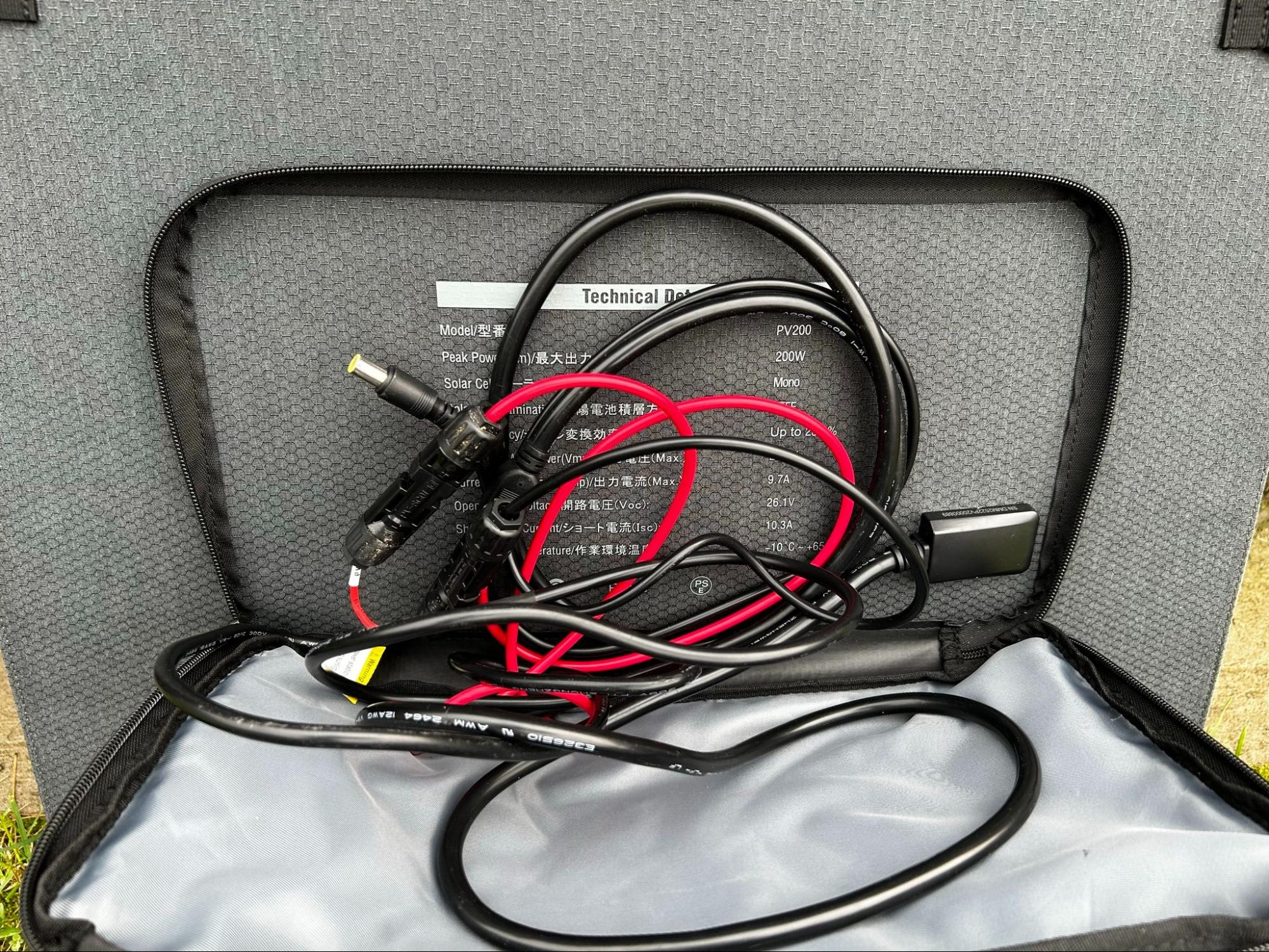
I like to use a portable power station to charge the batteries for my power tools, which is very useful when you’re on a jobsite without power. Using a solar panel at the same time helps keep the state of charge up, as the panel can produce more power than the draw of my charging batteries.

I love the idea of running my power tools without cost by always charging them via solar. I utilize the EB70S from Bluetti and have all of my chargers attached to it. I then exclusively charge the EB70S via the PV200 solar panel. My AC adapter for the EB70S is collecting dust!
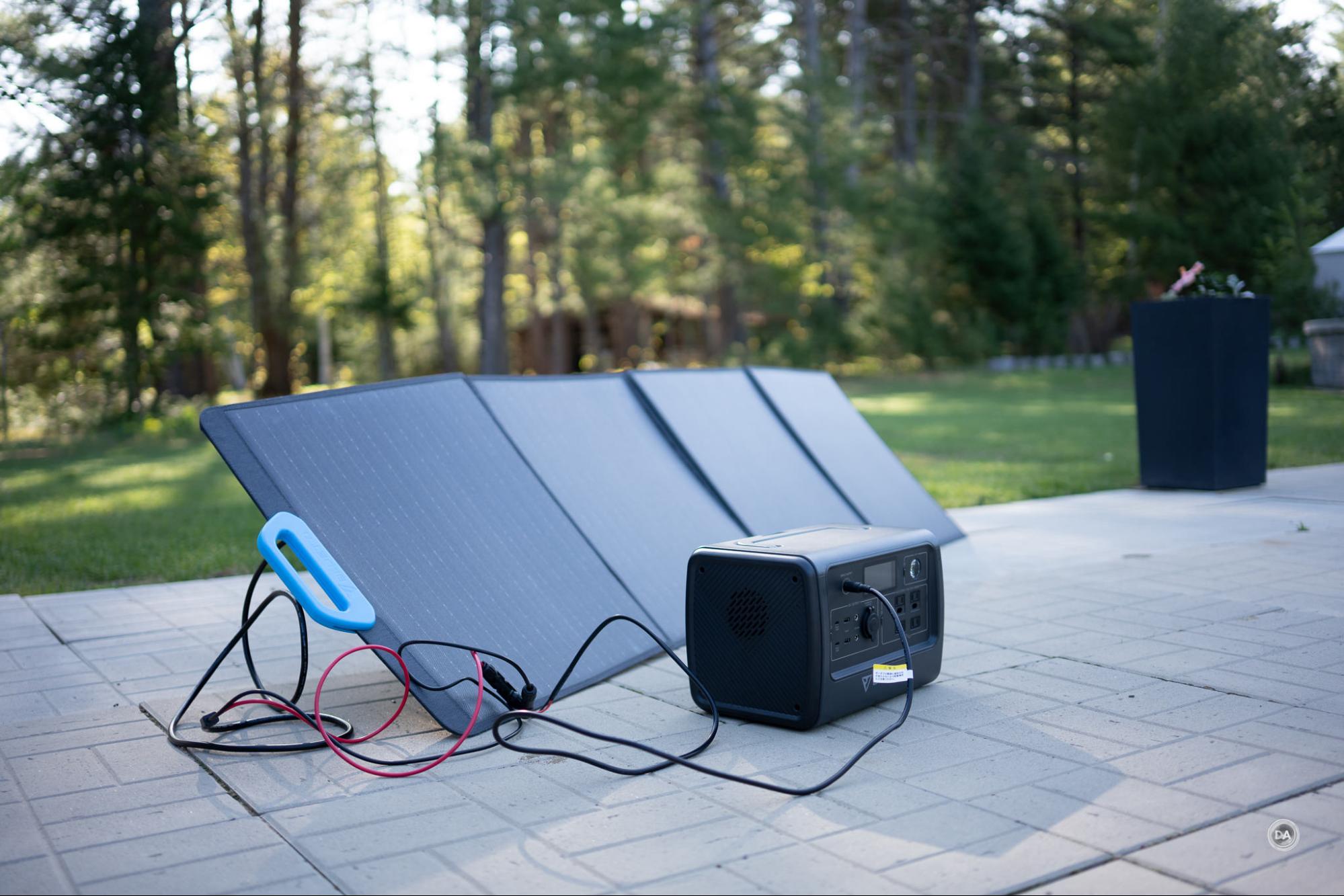
One PV200 panel can produce up to 200W of power, which means that’s about as much as most medium sized power stations can handle in terms of power input. You can see that the time to charge the EB70S from the PV200 is only slightly longer than using the AC adapter:
But more robust power stations like the AC200P can accept much more power, so you can wire multiple PV200 panels in series or parallel and combine their power output to allow a much larger battery to charge quickly as well.
The BLUETTI PV200 typically retails for $699 CDN,though at the moment the sale price is $549. There are cheaper solar panels out there, but they don’t always have the same efficiency, toughness, or portability. Buying solar panels is an investment, to be certain, though the idea of getting energy “for free” afterwards continues to be very, very appealing.




